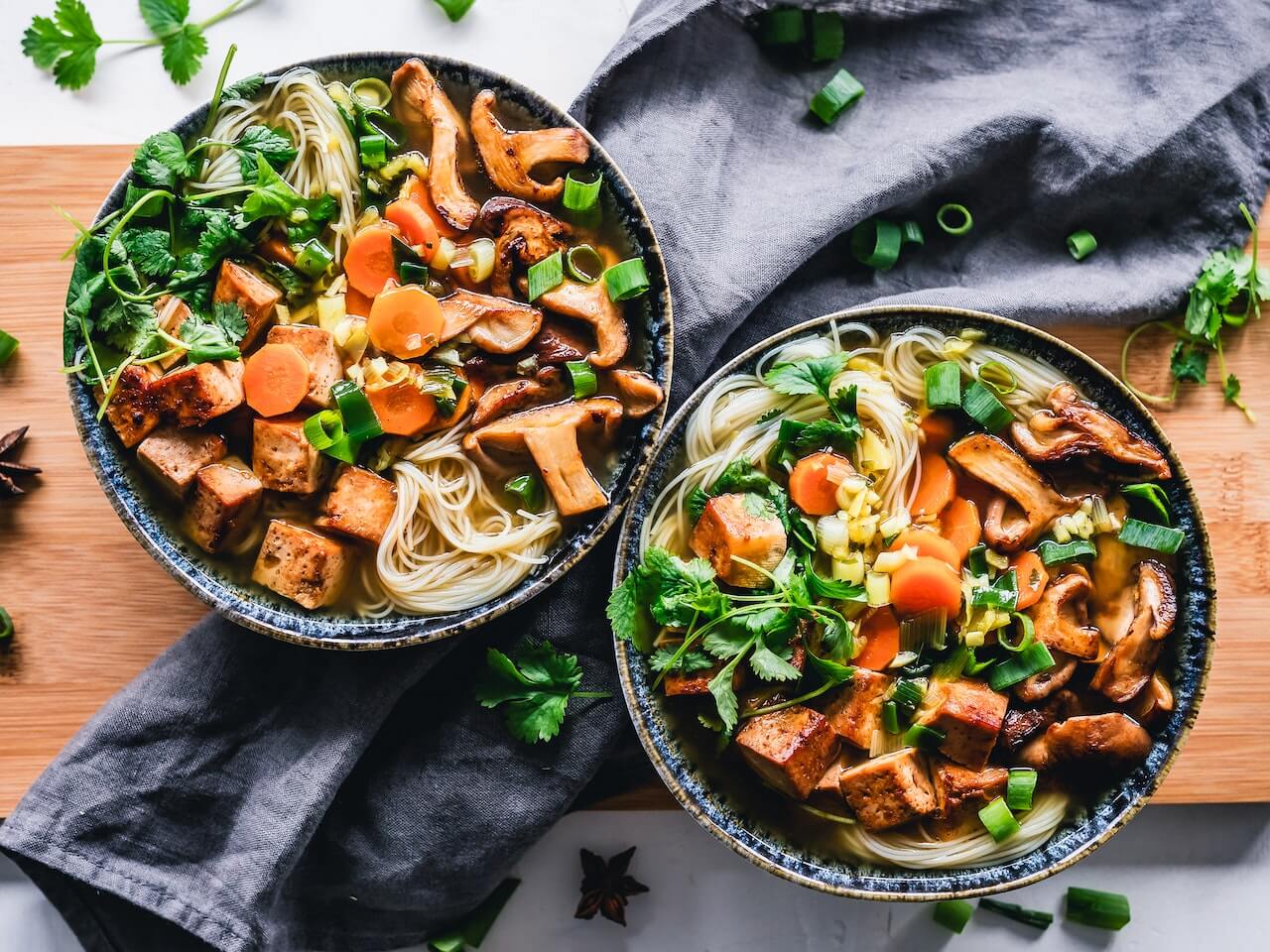
Inhaltsverzeichnis
How sustainable is Tofu?
"Tofu is no better than meat because rainforests have to be cut down to make it." Does this phrase sound familiar? This argument is often used in the "omnivore vs. plant-based diet" debate. For many people who avoid meat, soy products—and thus tofu, too—represent, among other things, an important source of plant-based protein. But what is the truth behind this argument? Can you enjoy soy products without thinking, or should you also be mindful of your consumption? We want to examine this question in more detail today.
Why tofu is so popular
Tofu is now an integral part of the diet, not just for vegetarians and vegans. Many lactose-intolerant people and those who value a balanced diet are also fans of the food. which is made from soy milk, scores with its healthy nutritional values.
The most popular feature is the relatively high protein content of tofu. The food also contains all essential amino acids. This is good because essential amino acids are those that our body cannot produce itself, but are important for building proteins and for many metabolic processes. Tofu is also easily digestible. This means that its protein quality is comparable to that of animal protein.
In addition, tofu provides many Fiber and important B vitamins (including B3 and B5). Important minerals such as Magnesium, iron, calcium, zinc and Folic acid are contained in the soy product. Unlike meat, tofu free of cholesterol, indicates low fat and no sugar and is therefore low-calorie.
The growing popularity means that you can find more and more tofu varieties and soy products in our supermarkets. But did you know that tofu can also be simply do it yourself at home can? You can find more information about making tofu here.
The effects of tofu and soy products on our environment
That for soy a lot rainforest in South America deforested First of all, it cannot be denied that this is a problem, because the rainforest is one of the most important carbon sinks in the world. However, the important question here is what the cultivated soy is used for. The majority does not end up, as many think, in meat alternatives or tofu, but in the meat industry. – more precisely in protein-rich feedDepending on the source, 80-98 percent of the soy grown worldwide is processed into animal feed. The remaining few percent goes into the production of food and products such as margarine, cosmetics, and mayonnaise.
Soy grown in South America often ends up right under the noses of European livestock. In effect, the rainforest is being cleared for meat consumption, not for tofu or meat substitutes, as is often claimed.
European tofu is even mostly produced with soy grown in Europe – so the beans do not originate from South America at all. Due to the increasing demand, the Soybean cultivation on our continent – especially in Italy and the Danube region – in recent decades increased significantly.
The cultivation of soy on European soils refutes another argument often used against soy products: that the soy is genetically modified. It is true that imported genetically modified varieties are used for animal feed. However, since 2015, EU member states or regions have been able to prohibit the cultivation of genetically modified plants. Germany also makes use of this option. Soy products originating in Germany are therefore with non-genetically modified Soybeans This is also the reason why soy is so cheap as animal feed, but quite expensive as food.

Soy or meat – which is better?
People who eat a purely plant-based diet but don't pay much attention to the origins of their food still contribute a tiny amount to the deforestation of the Brazilian rainforest—but a much smaller amount than regular meat eaters.
Soy products continue to perform well in their Life cycle assessment better than meat. Poultry and pork, for example, produce about 3.5 times the amount of greenhouse gases compared to tofu – regardless of its origin. Other types of meat, such as z.BBeef, for example, produces 13 times that amount. That's a pretty big difference.
According to current research reports, the most environmentally friendly option still appears to be avoiding meat. Unprocessed plant-based foods such as vegetables, nuts, and legumes simply have a lower environmental impact than animal products.
If you want to enjoy soy products like tofu, the safest option currently is organic, European soy. Even though soy cultivation has grown significantly in Europe, it remains a niche market. Currently, around 140 times more soy is imported than is cultivated.
As long as domestic soy cultivation doesn't create monocultures, there's nothing wrong with that. It promotes regionality and not only prevents deforestation but also reduces emissions from long transcontinental transport routes.
What to look for when buying tofu
In summary, this means the following for conscious consumption of tofu:
Make sure that Organic tofu to buy with European soybeans was produced. Often you will find a Label, which informs you about the origin of the soybeans. This way, you can be sure that the product contains no unwanted additives. Furthermore, your choice protects the environment.
Of course, these tips also apply to other soy products such as soy milk or similar.
If you want to reduce your meat consumption or shift your diet away from animal products and toward plant-based foods, the following blog articles may be of interest to you:
- 3 tips to help you switch to a vegan diet
- Natural meat substitutes you should know
- Sustainable nutrition: How it works
If you want to learn more about topics such as environment & sustainability, nutrition, mindfulness or family and pregnancy, Check out some exciting blog articles about it here.

Sources:
- https://www.tandfonline.com/doi/abs/10.1080/19320248.2017.1315323
- https://link.springer.com/article/10.1007/s10584-014-1169-1
- https://www.sciencedirect.com/science/article/abs/pii/S0048969721062781
- https://www.geo.de/natur/nachhaltigkeit/16337-rtkl-ernaehrung-und-nachhaltigkeit-ist-tofu-schlecht-fuer-die-umwelt
- https://www.umweltberatung.at/tofu-ein-klimatisches-leichtgewicht#:~:text=Tofu%20wird%20aus%20der%20Milch,rund%201%20kg%20Treibhausgase%20ausgesto%C3%9Fen.
- https://www.transgen.de/aktuell/2658.eu-zulassung-gentechnik-pflanzen.html









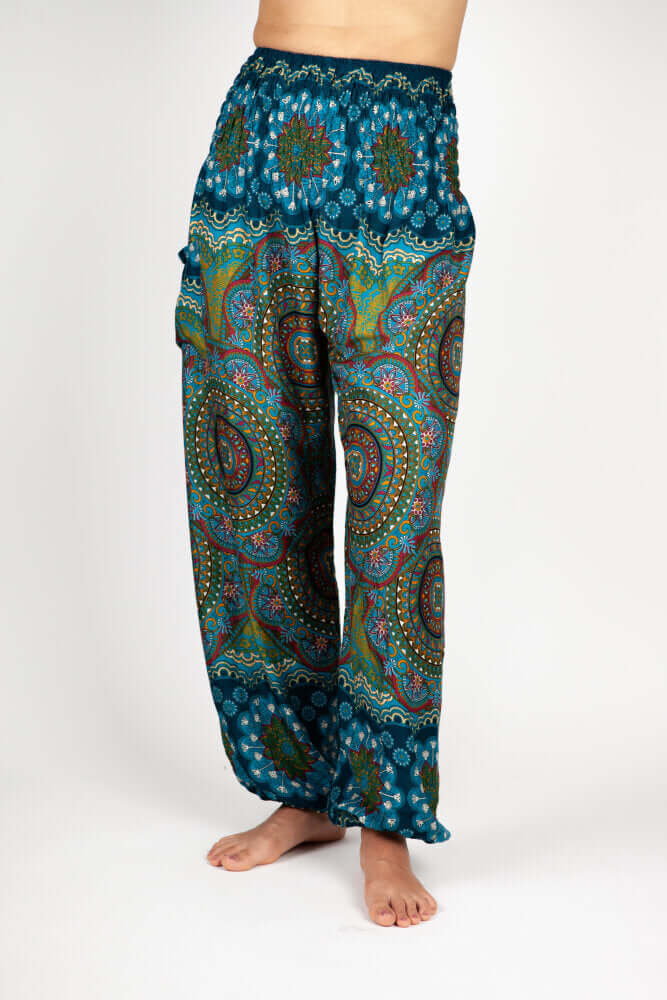

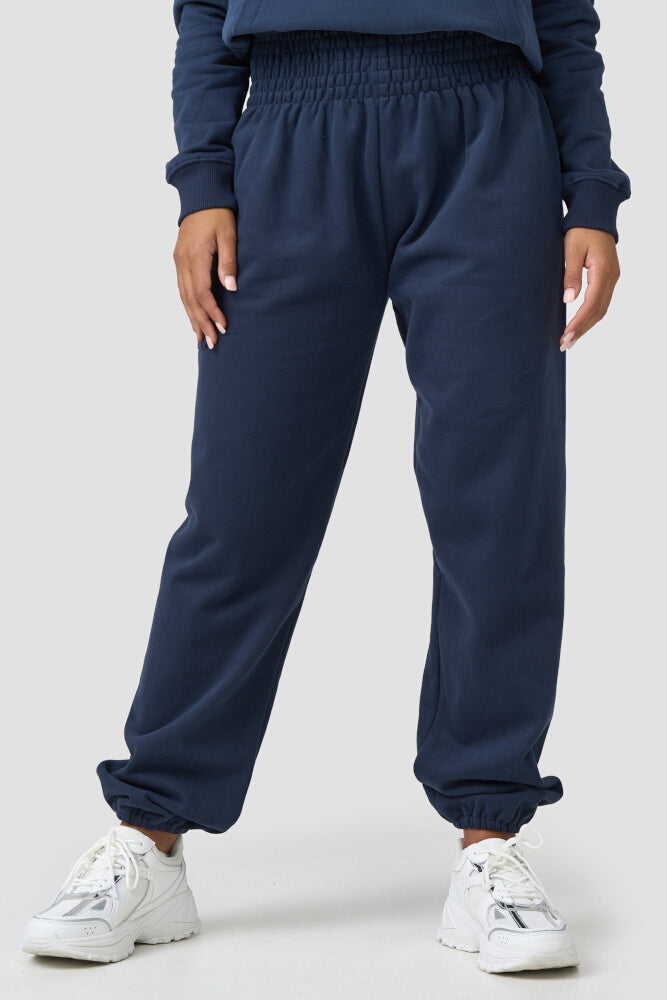

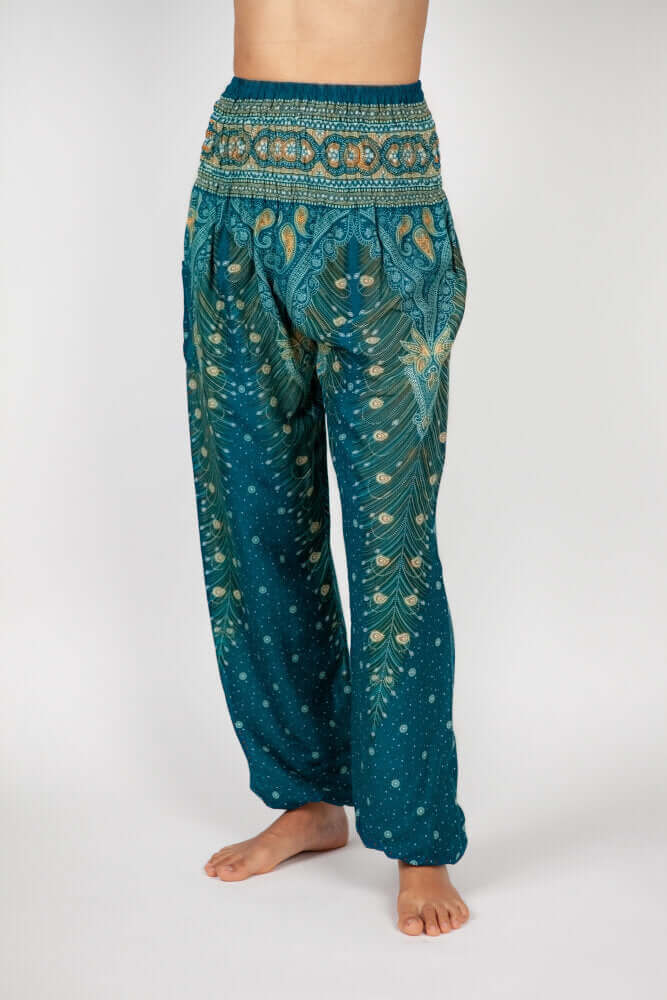

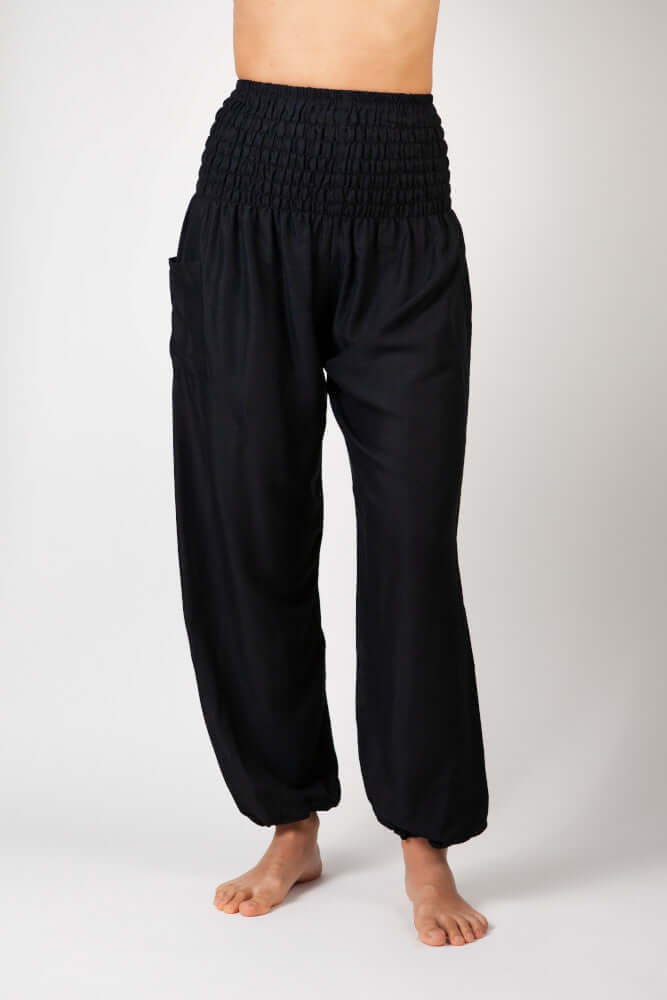

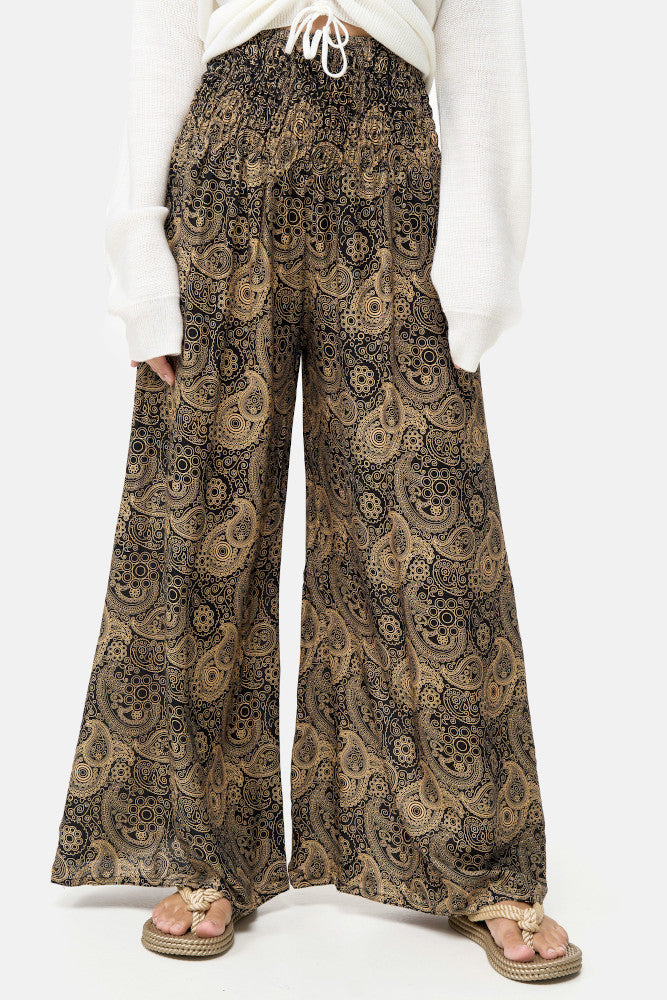

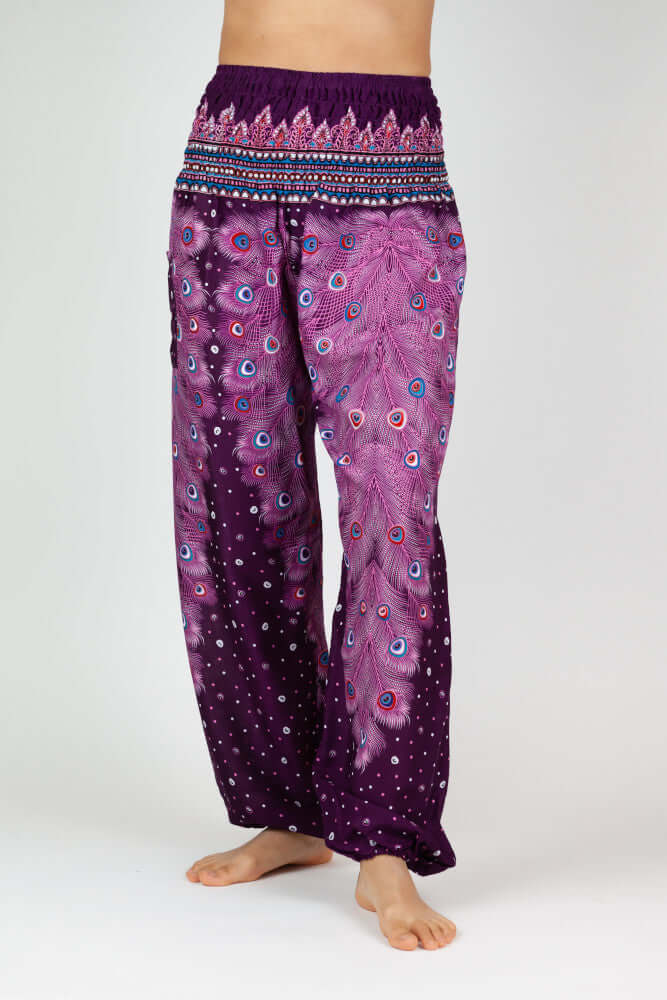

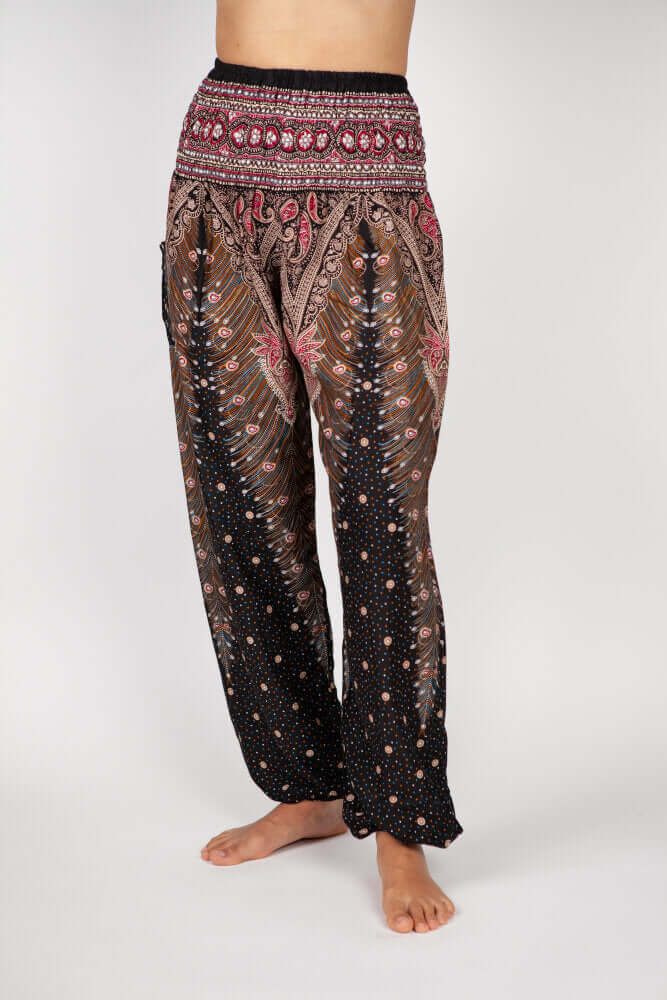

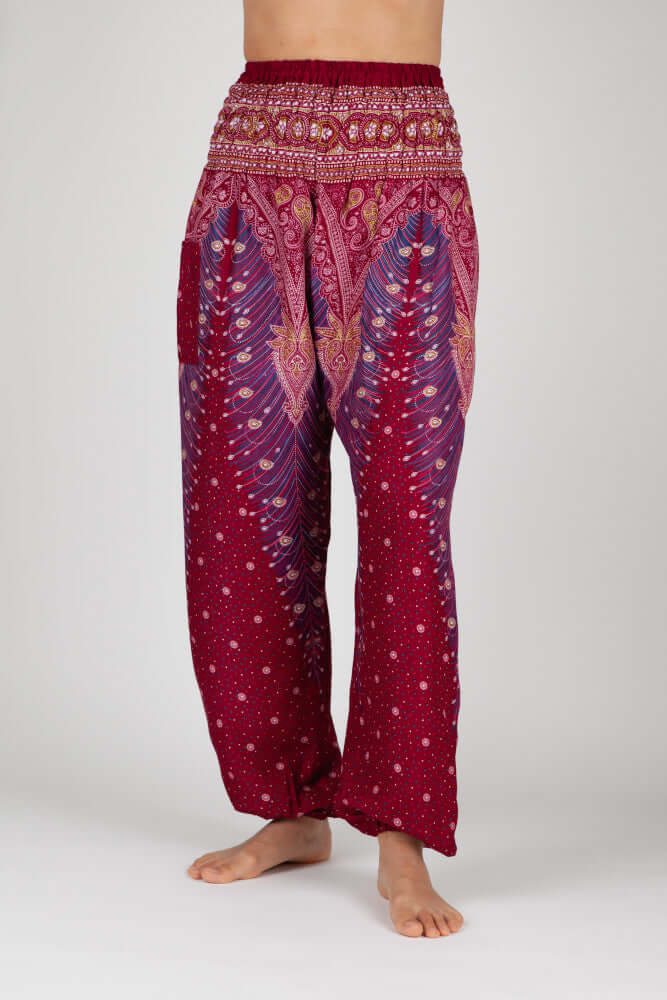

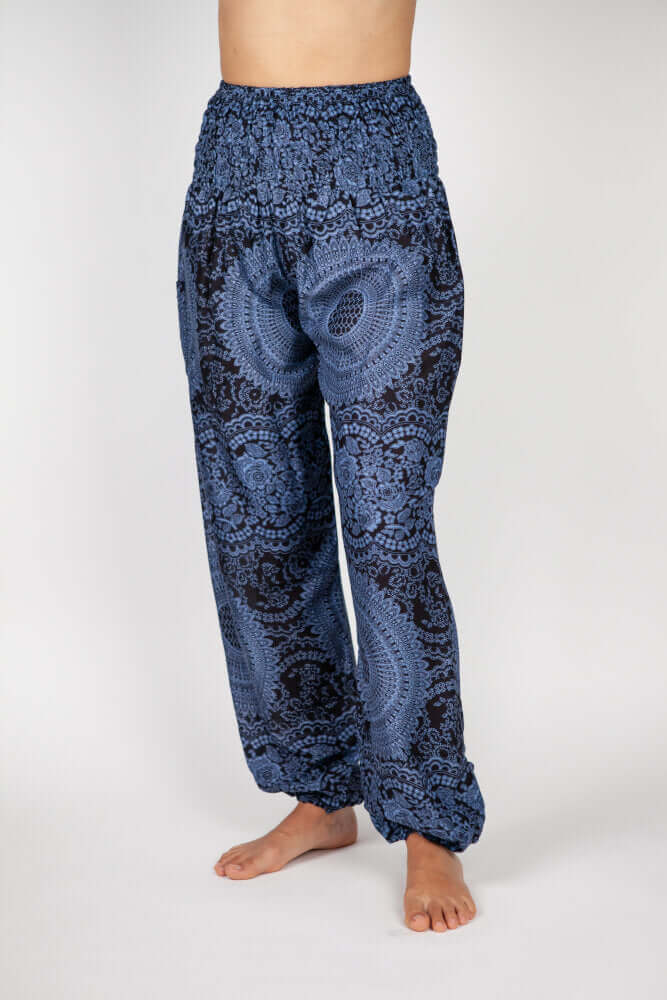

Leave a comment
This site is protected by hCaptcha and the hCaptcha Privacy Policy and Terms of Service apply.